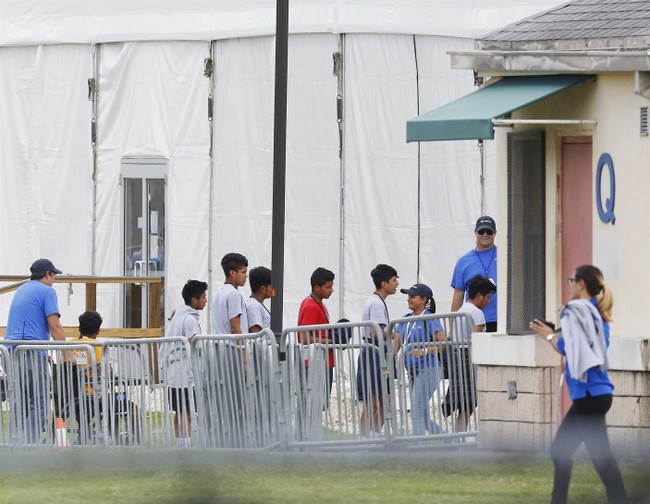One of the common actions seen in the press these days is the knee-jerk reaction to something spoken by those on the Right. Donald Trump obviously is the primary recipient of these compulsory fact-checks and other rebuttals, but it is also frequently seen regarding comments from other Republicans, as well as conservative media. From the latter category, Fox News is often by default challenged over its content.
Advertisement
Frequently, these default challenges are made without the details being fully vetted or worse, once proven accurate, the commentary is massaged and other elements are imported to justify calling out the intended target. Such is the case with a New York Times piece taking issue with Fox News personality Rachel Campos-Duffy after she interviewed Donald Trump (a double reason to doubt the content!), and accusing the host of delivering misinformation:
Former President Donald J. Trump and his surrogates have repeatedly accused the Biden administration of losing tens of thousands of migrant children, distorting, conflating and inflating government statistics. The misleading claim, now a staple of Mr. Trump’s stump speeches, appears to have originated from Fox News and snowballed.
Depending on your perspective, this arrives as something either pathetic, or hilarious. The first question to ask is: Why is this being reported on now? The interview between Trump and Campos-Duffy took place in June, and as the paper indicates, he has been making this a regular component of his rally speeches. (RedState reached out to both reporter Linda Qiu and the Times Fact-Check department but received no response.)
But more curious is why Campos-Duffy is being scolded over this news item, when the Times itself has asserted the details are in place. It appears to be more centered on a conflict of terminology. According to the news outlet itself, there are in fact tens of thousands of immigrant children unaccounted for:
Advertisement
Ms. Campos-Duffy’s claim referred to migrant children who arrive at the border unaccompanied by adults. Under government protocols, the children, once apprehended by border officials, are placed in the care of the Health and Human Services Department’s refugee resettlement office. The New York Times reported last year that the office, which checks on the children via phone calls, was unable to reach 85,000 children, or about a third of cases, in 2021 and 2022. The Times did not report that the children were “lost,” but that they were more susceptible to exploitative and illegal working conditions.
This is what it comes down to, to state this is a false claim? So, the children are not “lost,” they just have no account of where they are, or who they might be with at the moment?! This seems like a desperate attempt to thread a needle to make a point. There could be something made of Trump experiencing a similar result, but this suffers by comparison. As the Times states, there were kids “missing” in similar fashion during the Trump years, but the numbers were far more understandable – about 1,500.

The main detail the paper can rest on is that at the time, Democrats charged that those 1,500 were lost. When Democrats accused the Trump administration of “losing” unaccompanied children, the Heath and Human Services (HHS) department said in 2018 that those claims were “completely false” What this means is that a government agency is resisting criticism of its performance – or lack thereof. But ultimately, this is what we are looking at: Today, the New York Times is forwarding an excuse that had been made during the Trump years, in order to excuse the Biden administration for losing/misplacing/getting a wrong number on a far greater amount.
Advertisement
Then, just as a capper to the flawed delivery, we see that the Times resorted to a common practice these days in the press. After the initial release of the article, only then do they get commentary from Fox News about the very topic concerning the network.
After this NYT article was published, Fox News said that the use of the word “lost” was “an issue of semantics and not a factual inaccuracy.”